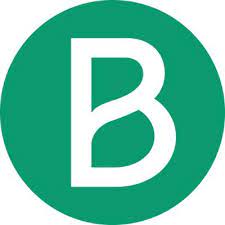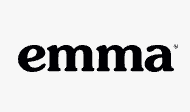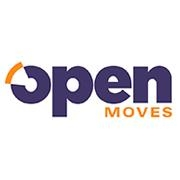SalesLoft vs Highlevel
Hyperise integrates with 100's of sales and marketing tools, many of which are in the Email Marketing category. With so many to choose from it's sometimes hard to know which is best, but don't worry, we've got your covered.
In this comparison guide we're going to look at the Highlights, Pros, Cons and Pricing of SalesLoft and Highlevel. We'll also delve into the details of which offers the best personalization options within Email Marketing, with there respective Hyperise integrations

SalesLoft
Pricing: Salesloft is a sales engagement platform with multiple pricing tiers for different business needs. Here's a summary of Salesloft's pricing plans: 1. Free - This is a basic plan that is free forever. It includes basic features like email tracking, email scheduling, and call recording. 2. Team - This is a basic plan that costs $125 per user per month. This plan includes more advanced features such as buyer intent signals, pre-built playbooks, and team collaboration tools.Vs

Highlevel
Pricing: Sure, here's a summary of high-level pricing for popular software platforms: 1. Salesforce - starts at $25/user/month 2. HubSpot - starts at $50/month 3. Shopify - starts at $29/month 4. WordPress - free, but hosting and premium features can cost upwards of $25/month 5. Wix - starts at $14/month 6. Squarespace - starts at $12/month 7.
SalesLoft vs Highlevel Highlights
SalesLoft and HighLevel are both software platforms designed to assist businesses in managing their sales processes. However, there are some key differences between the two.
SalesLoft primarily focuses on helping businesses with their sales communication and engagement. It offers features such as email and call tracking, sales cadence automation, and integrations with popular sales tools like Salesforce and LinkedIn Sales Navigator.
On the other hand, HighLevel is a more comprehensive platform that includes features to manage lead generation, customer management, and marketing automation in addition to sales engagement. It also provides integrations with popular sales and marketing tools and has a built-in messaging system.
Overall, SalesLoft is more focused on sales engagement while HighLevel provides a more comprehensive suite of sales and marketing tools. Businesses should consider their specific needs before choosing between these two platforms.
SalesLoft vs Highlevel Pros
SalesLoft Pros
- Customizable Workflows: SalesLoft offers personalized sales workflows that can be tailored to specific sales teams and stages to match your sales process. HighLevel doesn't offer this level of customization.
- Advanced Prospecting: SalesLoft boasts advanced prospecting features that allow for targeted outreach based on titles, roles, and other characteristics. HighLevel has limited prospecting capabilities.
- Sales Intelligence: SalesLoft provides extensive sales intelligence with insights, reports, and analytics to help streamline the sales process. HighLevel lacks detailed sales intelligence.
- Intuitive User Interface: SalesLoft's user interface is easy to navigate and provides a smooth user experience. HighLevel's UI can be confusing and cluttered.
- High-Level Integrations: SalesLoft offers a wide range of integrations that include top CRMs, email providers, and lead sources. HighLevel's integration options are more limited.
- Dedicated Mobile App: SalesLoft provides a dedicated mobile app that lets users access critical sales information and stay connected on the go. HighLevel lacks a native mobile app.
- Strong Customer Support: SalesLoft has a team of dedicated support professionals that can assist users with any issues they may experience. HighLevel's customer support is good, but not as responsive as SalesLoft's.
Highlevel Pros
- Highlevel:
- Provides multi-channel marketing options including email, SMS, and social media
- Offers appointment scheduling and management features
- Offers a comprehensive CRM system
- Provides advanced reporting and analytics
- Allows unlimited users and contacts on all plans
- Offers a pay-as-you-go pricing model
- Salesloft:
- Provides detailed customer engagement data and insights
- Offers customizable templates and workflow automation
- Has a user-friendly interface and easy integration options
- Focuses on sales engagement and enablement
- Offers a personalized approach to customer interactions
- Has a strong reputation for customer support
SalesLoft vs Highlevel Cons
SalesLoft Cons
- Salesloft has a steeper learning curve compared to HighLevel.
- Salesloft lacks some of the advanced customization options available in HighLevel.
- Salesloft's reporting capabilities are not as intuitive or comprehensive as HighLevel's.
- Salesloft may not integrate as seamlessly with certain CRMs compared to HighLevel.
- Salesloft's pricing structure may be more expensive for certain features compared to HighLevel.
Highlevel Cons
- Here are the cons of Highlevel when compared to Salesloft:
- Highlevel does not offer as many integrations as Salesloft does.
- Highlevel's pricing plans are not transparent and can be confusing.
- Highlevel does not offer as many advanced automation features as Salesloft does.
- The CRM functionality in Highlevel is not as robust as in Salesloft.
- Highlevel's reporting and analytics capabilities are not as comprehensive as Salesloft's.
SalesLoft & Highlevel Hyperise Integrations
SalesLoft uses the HTML code embed method to integrate with Hyperise, giving a simple way to add personalized images to your messages.
SalesLoft makes the following data points available to Hyperise, to enable personalization in images used in outreach and linked out to your personalized website landing pages.
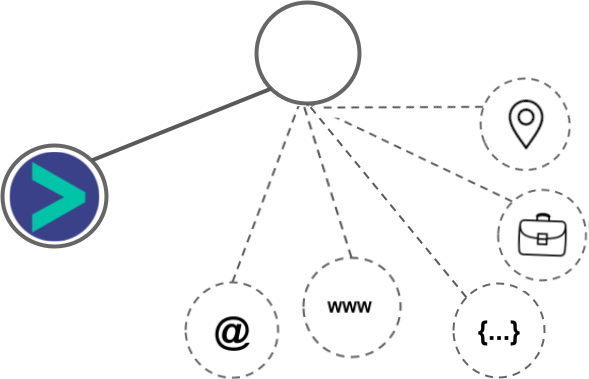
- Using business Email passed from SalesLoft, Hyperise is able to enrich business logo and website screenshots. In some cases, with a business Email we're also able to enrich profile images, subject to the business email having a publicly available profile.
- Business name
- Category
- City
SalesLoft Integration Guide
Highlevel uses the HTML code embed method to integrate with Hyperise, giving a simple way to add personalized images to your messages.
Highlevel makes the following data points available to Hyperise, to enable personalization in images used in outreach and linked out to your personalized website landing pages.

- Using business Email passed from Highlevel, Hyperise is able to enrich business logo and website screenshots. In some cases, with a business Email we're also able to enrich profile images, subject to the business email having a publicly available profile.
- Business name
Highlevel Integration Guide
 vs
vs  vs
vs  vs
vs 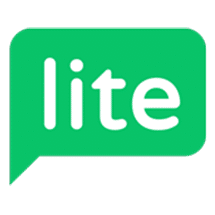 vs
vs  vs
vs 

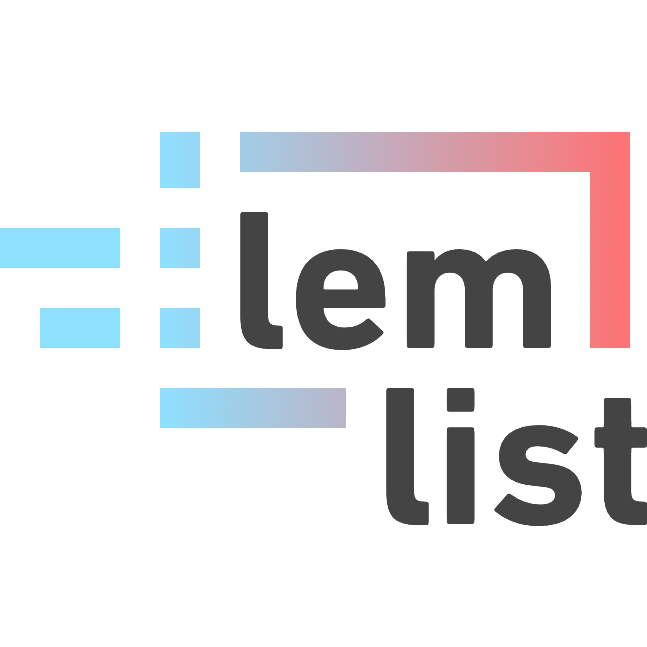



 vs
vs  vs
vs  vs
vs 
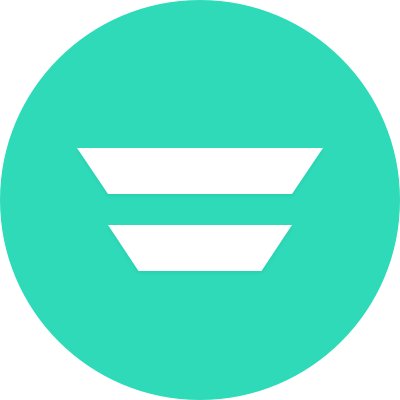
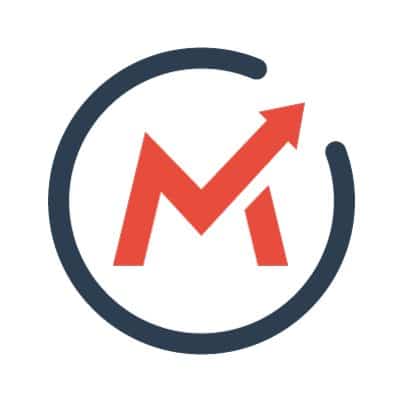

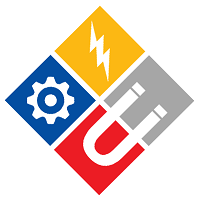
 vs
vs 
 vs
vs  vs
vs  vs
vs  vs
vs  vs
vs  vs
vs 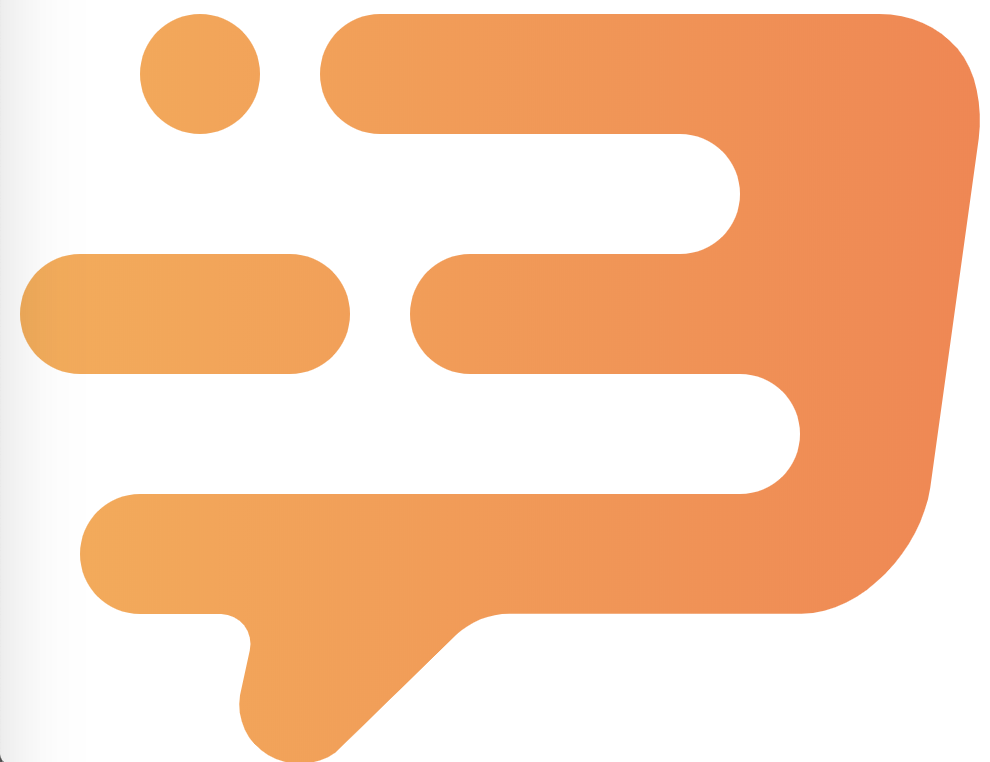 vs
vs 

 vs
vs 
 vs
vs 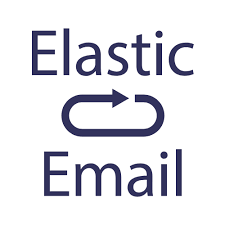

 vs
vs  vs
vs 




 vs
vs  vs
vs 